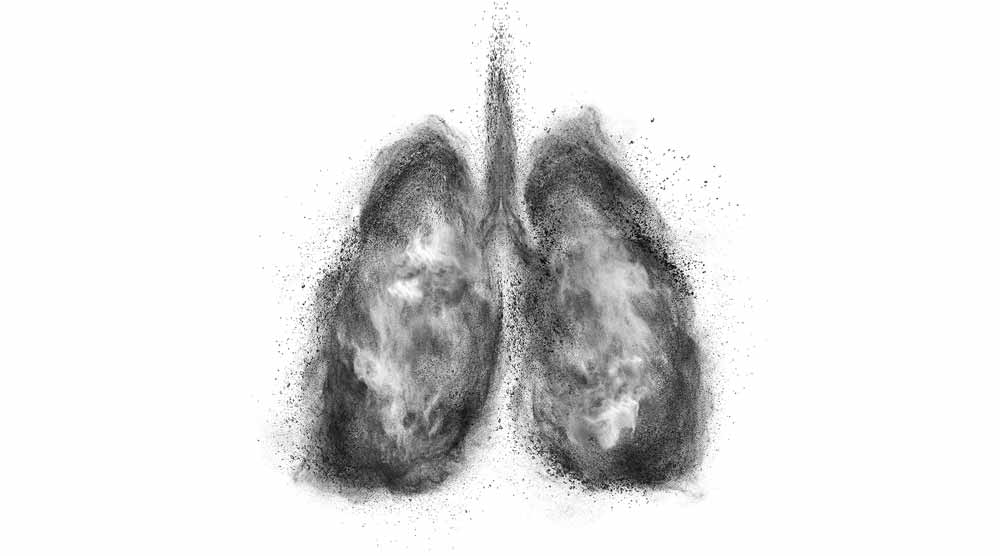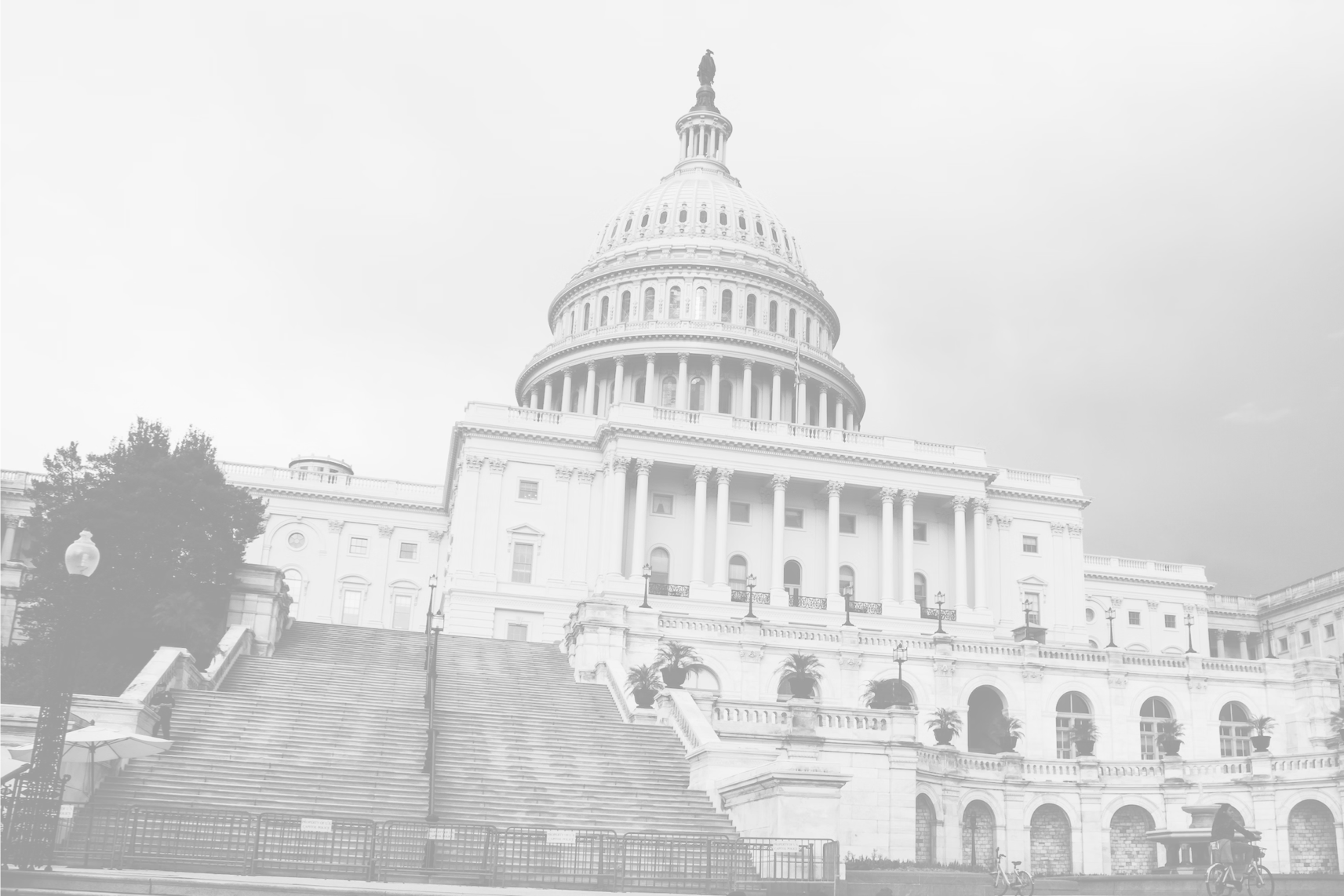24,000 gallons of jet fuel ignited a fire that spread to 100,000 tons of organic debris and 230,000 gallons of transformer, heating and diesel oils in the buildings, setting off a giant toxic plume of soot and dust from pulverized building materials” – Erica Pearson
“Nobody that was down there got spared. If you didn’t get cancer, you have breathing trouble, or you have blood trouble or sinus troubles. Nobody got out of there unscathed,” Words spoken by David Howley, a 9/11 survivor who has spent many months near Ground Zero in the months following 9/11. Howley is now facing a rare throat and neck cancer – even more so in non-smokers.
Years after the horrendous act of terrorist crashing into the World Trade Center, many diseases have developed among individuals nearby the incident. Lung disease seems to be an uprising condition among these individuals. For example, Barbara Burnette, a retired NYPD Detective, conducted search and rescue efforts at Ground Zero. Burnette was forced into retirement by a disabling lung disease. Now, Burnette is currently seeking a double lung transplant. Burnette must also take steroids long term, which cause awful side effects.
Additionally, there has been information found that the 9/11 dust exposure has caused people to develop bronchiolar and interstitial lung disease. Although it has been found that firefighters who were exposed to the 9/11 dust may be in greater risk of developing diseases such as cancer, lung diseases, respiratory symptoms, sinus problems, etc., compared to others, anyone can be facing these same risks or worse. According to a post written by Erica Pearson for the New York Daily News, “Studies have shown that those exposed to World Trade Center dust were more likely to develop lung problems, respiratory symptoms, sinus problems or asthma.” Those who know they were potentially exposed to 9/11 dust should not take this lightly as these various lung problems are becoming common amongst individuals.
There are more than 80,000 active patients in the World Trade Center Health Program, and nearly 20,000 of these patients are treated for diseases that were developed from the carcinogenic 9/11 toxins floating in the air after 9/11. In general, individuals may be eligible for the WTC Health Program and the 9/11 Victim Compensation Fund if, between 9/11/01 and 5/30/02, they were present in any capacity:
- • In Lower Manhattan below Canal Street
- • At the Fresh Kills landfill
- • On barges/trucks/piers along debris removal routes
- • At 9/11 related morgues
- • At garages where emergency vehicles were cleaned
Families of individuals who passed away from a 9/11 related condition, and were present at one of the above locations between 9/11/01 and 5/30/02, may also be eligible for compensation.
The following is a list of 9/11 breathing issues covered by the WTC Health Program and potentially eligible for 9/11 victim compensation from the 9/11 Victim Compensation Fund:
Aerodigestive Disorders (Airways and Digestive Disorders)
- Asthma
- Chronic cough syndrome
- Chronic laryngitis
- Chronic nasopharyngitis
- Chronic respiratory disorder—fumes/vapors
- Chronic rhinosinusitis
- Gastroesophageal reflux disorder (“GERD”) (persistent heartburn)
- Interstitial lung diseases (e.g., sarcoidosis)
- Reactive airways dysfunction syndrome (RADS)
- Sleep apnea exacerbated by or related to another condition described in the list of aerodigestive disorders
- Upper airway hyperreactivity
- WTC-exacerbated chronic obstructive pulmonary disease (COPD)
- New-onset COPD
Additionally, the following 9/11 cancers are covered by the WTC Health Program and potentially eligible for 9/11 victim compensation from the 9/11 Victim Compensation Fund:
9/11 Cancer
- Blood and Lymphoid Tissue (including, but not limited to, lymphoma, leukemia, and myeloma)
- Diffuse non-Hodgkin lymphoma
- Follicular (nodular) non-Hodgkin lymphoma
- Hodgkin’s disease
- Leukemia of unspecified cell type
- Lymphoid leukemia
- Malignant immunoproliferative diseases
- Monocytic leukemia
- Multiple myeloma and malignant plasma cell neoplasms
- Myeloid leukemia
- Other and unspecified lymphoid, hematopoietic, and related tissue
- Other and unspecified types of non-Hodgkin lymphoma
- Other leukemias of specified cell type
- Peripheral and cutaneous T-cell lymphoma
- Digestive System
- Colon
- Esophagus
- Liver and intrahepatic bile ducts
- Other and ill-defined digestive organs
- Rectosignoid junction
- Rectum
- Retroperitoneum and peritoneum
- Stomach
- Eye and Orbit
- Female Breast
- Ovary
- Head and Neck
- Accessory sinuses
- Base of tongue
- Floor of mouth
- Gum
- Hypopharynx
- Larynx
- Lip
- Nasal cavity
- Nasopharynx
- Other and ill-defined conditions in the lip, oral cavity, and pharynx
- Other and unspecified major salivary glands
- Other and unspecified part of the mouth
- Other and unspecified parts of the tongue
- Oropharynx
- Palate
- Parotid gland
- Piriform sinus
- Tonsil
- Respiratory System
- Bronchus and lung
- Heart, mediastinum, and pleura
- Other and ill-defined sites in the respiratory system and intrathoracic organs
- Trachea
- Skin (Melanoma and non-Melanoma)
- Malignant melanoma of skin
- Other malignant neoplasms of skin
- Scrotum
- Soft Tissue
- Thyroid
- Urinary System
- Bladder
- Kidney
- Other and unspecified urinary organs
- Prostate
- Renal pelvis
- Ureter
- Mesothelioma
For more information, contact Pitta & Baione LLP at 844-982-2667 or info@pittabaione.com.
This post was co-authored by David Ogunnowo.



